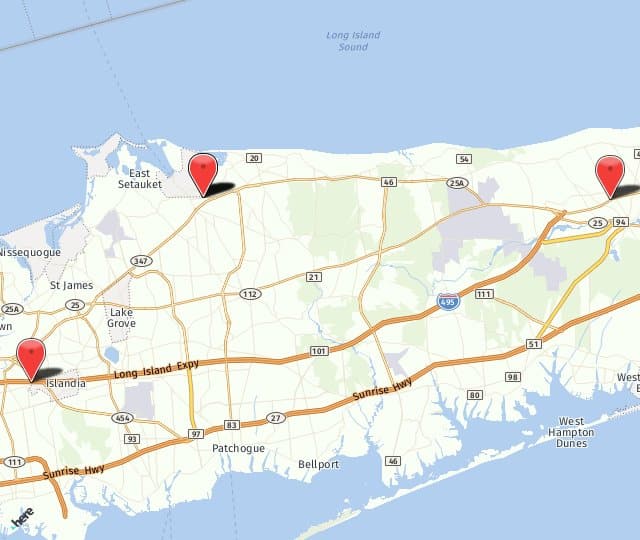Do Varicose Veins Signal a More Serious Health Issue?
Varicose veins are often seen as a minor cosmetic concern, but there’s more to them than just appearance. These enlarged, twisted veins—commonly found on your legs—develop when the valves in your veins weaken or fail. This allows blood to pool and pressure to build, causing veins to bulge. While many people live with varicose veins without complications, others may experience […]
Do Varicose Veins Signal a More Serious Health Issue? Read More »

